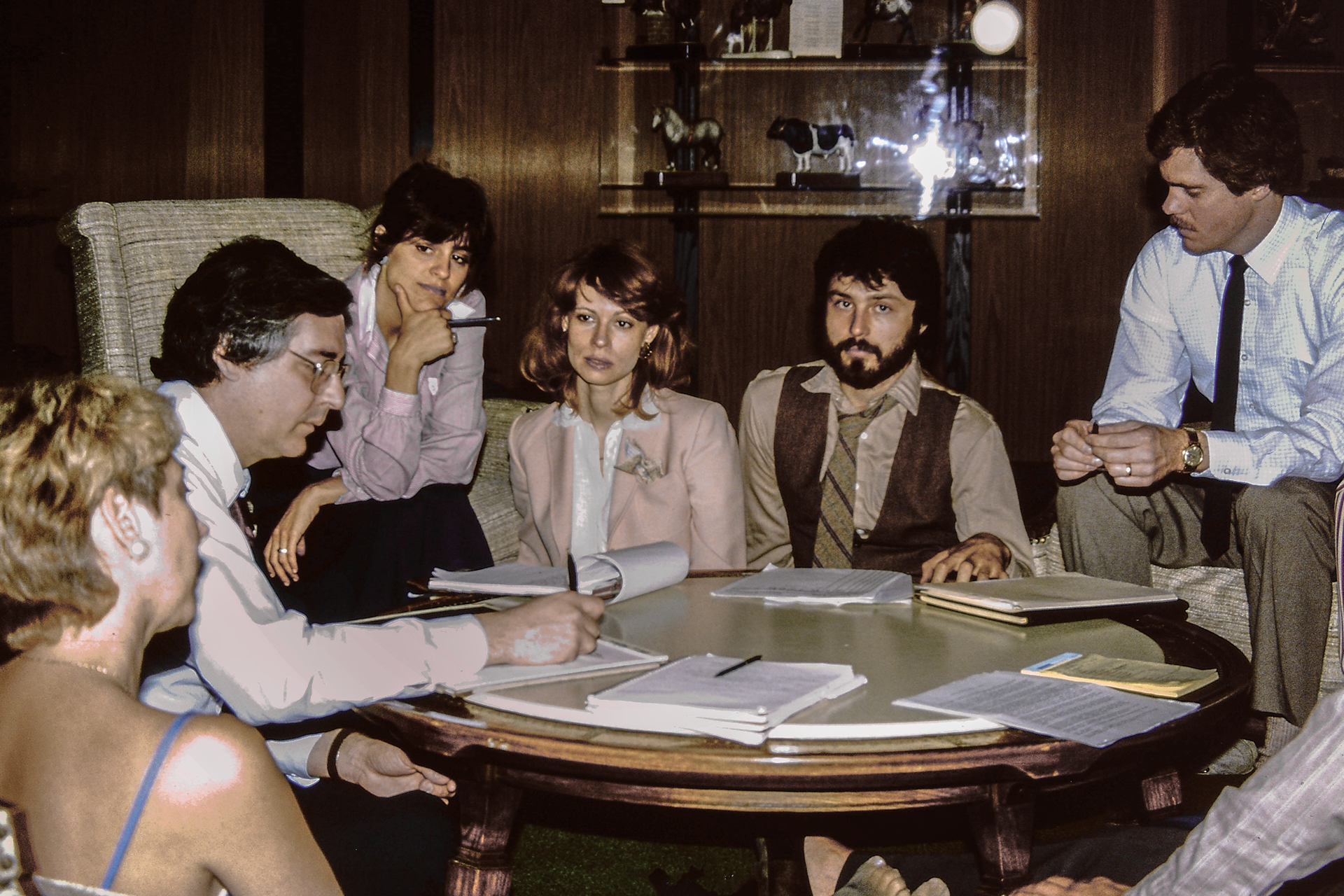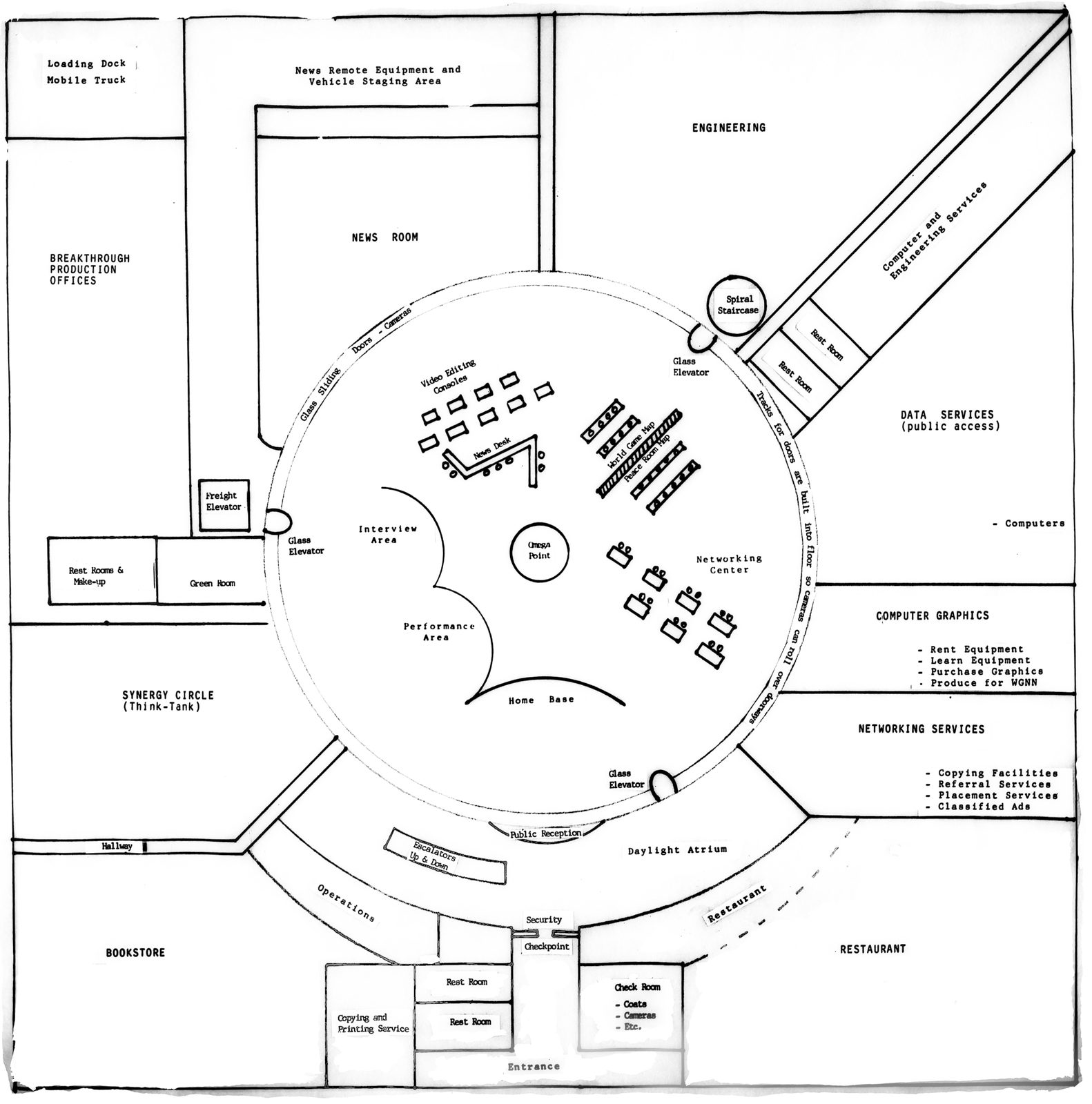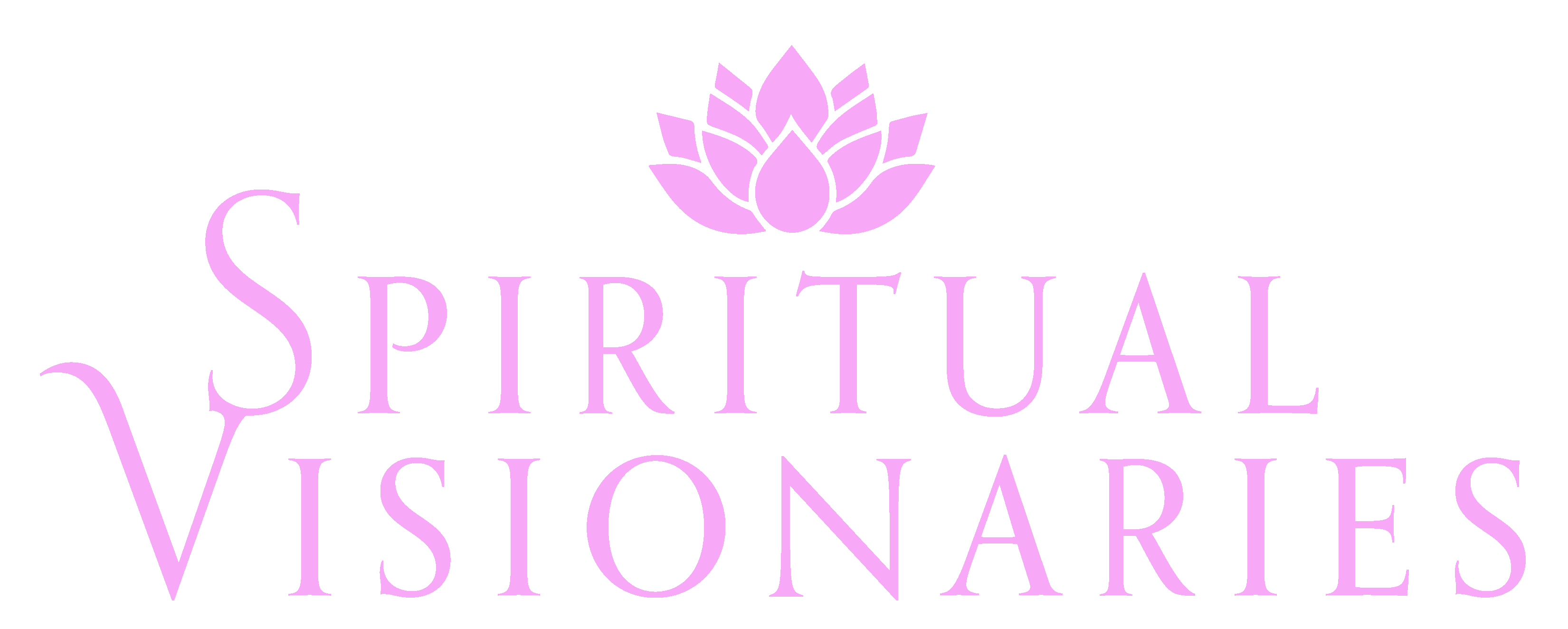WORLD GOOD NEWS NETWORK

DAVID L. SMITH
On one of my visits to talk with Barbara Marx Hubbard about The Half-Hour of Silence manuscript—later published as The Revelation: The Book of Co-Creation—she spoke of a “good news network,” saying the world needed a television channel that would showcase the good that’s happening in the world and in people’s lives, paint a more balanced picture of human nature, give hope and show that positive thinking and acting can be replicated. Because I was teaching film and television production, on my frequent visits we talked a lot about what television would be like if it functioned as a social nervous system.
One day, Barbara called asking if I could come to Washington. Something important had happened and it could involve me. After being introduced to several of her guests, she asked everyone if she and Ronaldo Brutoco, founder and president of the World Business Academy, could talk to me alone. As the room was vacated, I took a seat in the middle of the living room. Ronaldo pulled up a chair in front of me and Barbara sat next to him.
He said, “What we’re about to tell you is highly confidential. You can’t tell anyone. Do you understand?” “Not until we announce,” Barbara added. She explained that she’d decided to try to become selected for the office of Vice-President of the United States on the Democratic ticket in 1984. Geraldine Ferraro had encouraged her to do so, because she believed in “co-creative politics.”
I wondered, what’s that got to do with me? Ronaldo pulled his chair closer and looked me in the eyes with great earnestness. “David, we need to know if you can take over the World Good News Network. Barbara isn’t going to have time. Can you handle it on your own?”

Handle what? The “network” was nothing more than a dream. Weeks before, just for fun, I’d created a drawing of a television facility based on Barbara’s concept of a Convergence Center, a situation room that would show “the best in us to the rest of us” along with innovations and acts that uplift, inspire and empower people to realize their potential. When I showed it to her and others who were there that day, laid out on a patio table, her joy was such that she kept laughing and we had fun expanding the vision to impossible heights.
Until that moment in her living room, I thought we were just imagining what television would be like if it functioned as an electronic, “socially responsible nervous system for the social body.” Now, I was being asked to create it. As manager of the Xavier University Television Center in Cincinnati, Ohio how could I divide my time between full-time teaching, working toward academic promotion and doing who knows what with the idea of a world good news network. The concept was enormous and impossible to realize. What could I do? Destiny stepped in and my enthusiasm for the vision prompted me to say I would do “something” to make it happen.
Two weeks later, Barbara asked me to come to Washington. There were some people who wanted to hear my thoughts on the “World Good News Network.” As it turned out, four of the many people who were there had come to volunteer. I was startled. Within a week, they moved to Cincinnati to work on WGNN full time. They didn’t have jobs, had no connections in the city and had no idea how they were going to support themselves. They convinced me that they would find a way. And they did.
After getting permission from my dean at the university, I tacked a notice on bulletin boards on all the campuses in the city inviting people to attend a meeting to discuss the possibility of creating a good news television network. About 30 people showed up. Over time, most dropped out, but others came in to form a “resonating core.” Included were students, faculty members, a university administrator, office manager, businessman and a motion picture promoter who left her job in Los Angeles. As word spread more volunteers came in, including an elderly woman who took a bus every morning to research positive news stories for us. We were off and running. “Swamped” actually.

The WGNN Leadership Team. Ann Rothan / David L. Smith / Janine Falcon / Kit Shaddock / Dean Morris / John Howland
After gaining status as a non-profit organization, we created a subscription newsletter, fit the university cameras and microphones with removable WGNN logos. Students provided technical support through their senior projects and other electives. In short order we established a team of “area coordinators” nationwide who gathered good news stories for us. We convened a meeting with fifteen of them to ensure that everyone understood their role and how to execute it. In the early ’80s there were neither Internet nor television options for the videos we produced. Nonetheless, we shot a lot of good news interviews and stories that never aired.
In 1983 we accepted an invitation to document the Congress of the Planetary Initiative for The World We Choose in Toronto, Canada. Following that, we conducted interviews at the annual conference of The Association for Humanistic Psychology. The university’s editing machines were in constant use year-round by students, many of whom worked on our commercial projects, so WGNN’s 3/4″ videotapes never got edited.
In 1985 members of the core team had to take full time jobs. With limited staff we stopped producing the newsletter and seeing that nothing was being done with our library of tapes, we turned down invitations to document more events. Without the newsletter subscriptions, funds declined rapidly. The terminal moment came when I received a “Cease and Desist” letter from an attorney representing WGN Chicago. Apparently, our call-letters were interfering with their marketing, and they threatened legal action.
Early in 2023 my friend, Glenn Geffcken, pointed out that despite the generation loss, the videos could find a home on YouTube. Immediately, I went to work. This is how Spiritual Visionaries came into being. As a labor of love, the collection is offered free with no commercial advertising
